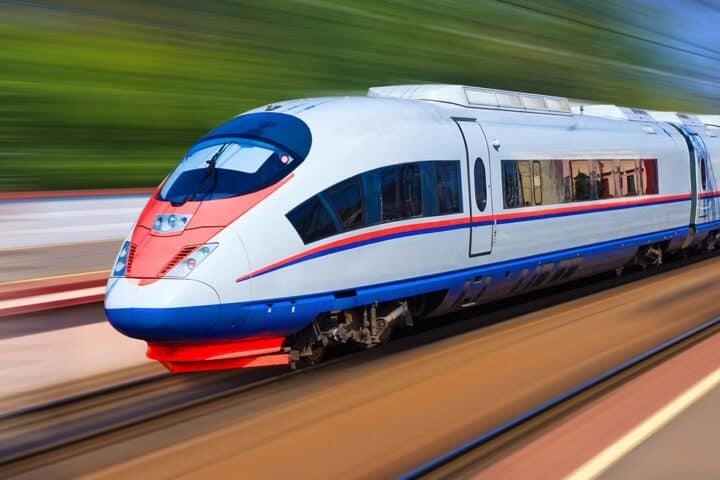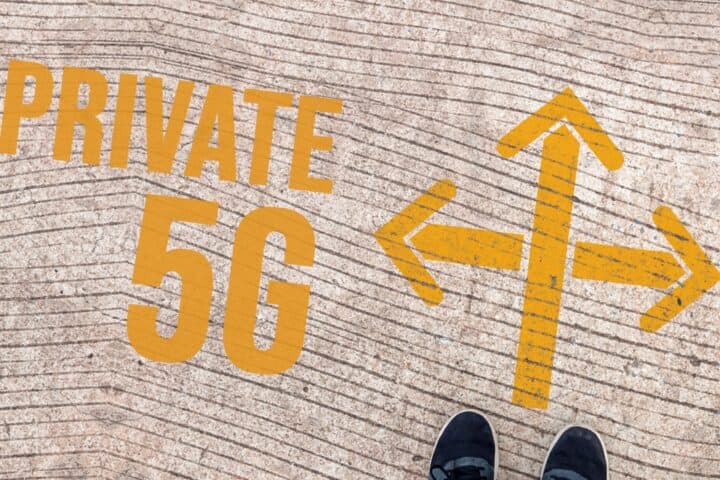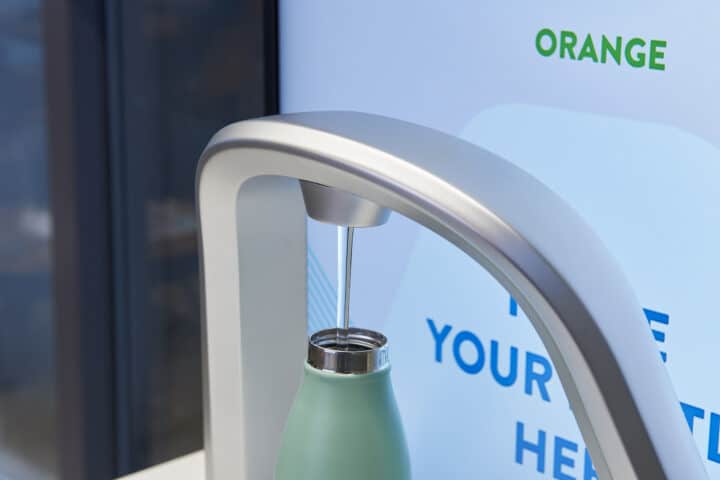The National Highway Traffic Safety Administration (NHTSA) is investigating Amazon’s autonomous taxi program following two incidents where test cars, equipped with Zoox ADS (Automated Driving System), abruptly stopped and were rear-ended, resulting in injuries. These collisions occurred in San Francisco and Spring Valley, Nevada, involving retrofitted Toyota Highlanders. The investigation, formally opened on May 10, will examine the performance of Zoox’s automated system, focusing on how it handles crosswalks and rear-end collision scenarios. Zoox, founded in 2014 and acquired by Amazon in 2020, is testing these vehicles in several cities, including San Francisco and Seattle. Despite having safety drivers on board during tests, recent accidents have raised safety concerns about autonomous taxis. The NHTSA aims to determine whether the Zoox ADS is reliable and safe for public use. Transparency and cooperation with regulators are emphasized by Zoox, which continues to address inquiries from the NHTSA. The broader context of this investigation includes increasing scrutiny of robotaxis in San Francisco, highlighted by incidents involving other companies like Waymo and Cruise, underscoring the challenges and safety concerns associated with the deployment of self-driving technology.
NHTSA Investigates Amazon’s Autonomous Taxi Safety After Incidents
After two test cars abruptly stopped and were rear-ended in individual injuries crashes, including one in San Francisco, the National Highway Traffic Safety Administration is looking into Amazon’s robotic taxis.

Formal Investigation into Amazon’s Zoox ADS Following Autonomous Taxi Incidents
On May 10, the investigation was formally opened.
Toyota Highlanders equipped with Amazon’s Zoox ADS ( automated driving system ) were involved in both collisions. According to documents posted on the NHTSA website, the Highlanders immediately stopped and motorcycles crashed into them from behind.
The government claimed to have found evidence that the vehicles were operating autonomously prior to the collisions. No law enforcement agencies are investigating the incidents, according to the NHTSA.
The organization stated that it will specifically look into the performance of the Zoox automated driving system and other public performance indicators, such as how the system behaves in crosswalks around risky road users and other rear-end collision scenarios.
NHTSA officials said the motorcyclist appeared to have small hand injuries but declined medical attention following the crash in San Francisco. Following the next crash, which occurred in Spring Valley, Nevada, a Zoox operator reported lower back pain/tightness.
Redacted Data on Amazon’s Zoox ADS Crash Locations as Investigation Progresses
The NHTSA published redacted data last month about where and when each crash took place.
A spokesperson for Zoox stated on Monday that “our team is currently reviewing the request for information as part of NHTSA’s Preliminary Evaluation ( PE). We do not have any more information at this time. We are incredibly important for transparency and collaboration with regulators, and we are still working closely with NHTSA to respond to their inquiries.
The Foster City- based self- driving- car startup was founded in 2014, and in 2020 was sold to Amazon for$ 1.2 billion. The company is now testing its vehicles in San Francisco, Foster City, Las Vegas and Seattle, according to its website. The company claimed on its website that the majority of its test vehicles are retrofitted cross Toyota Highlanders. While the test vehicles operate independently, they often have a safety driver sitting behind the steering wheel, Zoox told the Chronicle.
The test vehicles, which use Zoox ADS technology, are different from what the company calls their official “robotaxi,” which the company described as a “purpose-built vehicle that does n’t have traditional driving controls like a steering wheel and gas or brake pedals.”
San Francisco’s Robotaxi Scene: Waymo Sees Ride-Hailing Surge Amid Safety Concerns
After a number of incidents involving autonomous vehicles raised safety concerns, robotaxis have become a hot topic in San Francisco. Waymo, the only robotaxi in the city officially operating without a driver, lately reported a rise in ride-hailing activity since the start of this year.

Cruise, Waymo’s main rival, was given a suspended ban from operations in the city last October after it withheld video of one of its robotaxis crashing into a woman and trapping her underneath. This caused the business to shut down all autonomous operations. The company’s leaders announced last month that they would resume mechanical driving in Phoenix, beginning what they hope will be a return to driverless operations.









